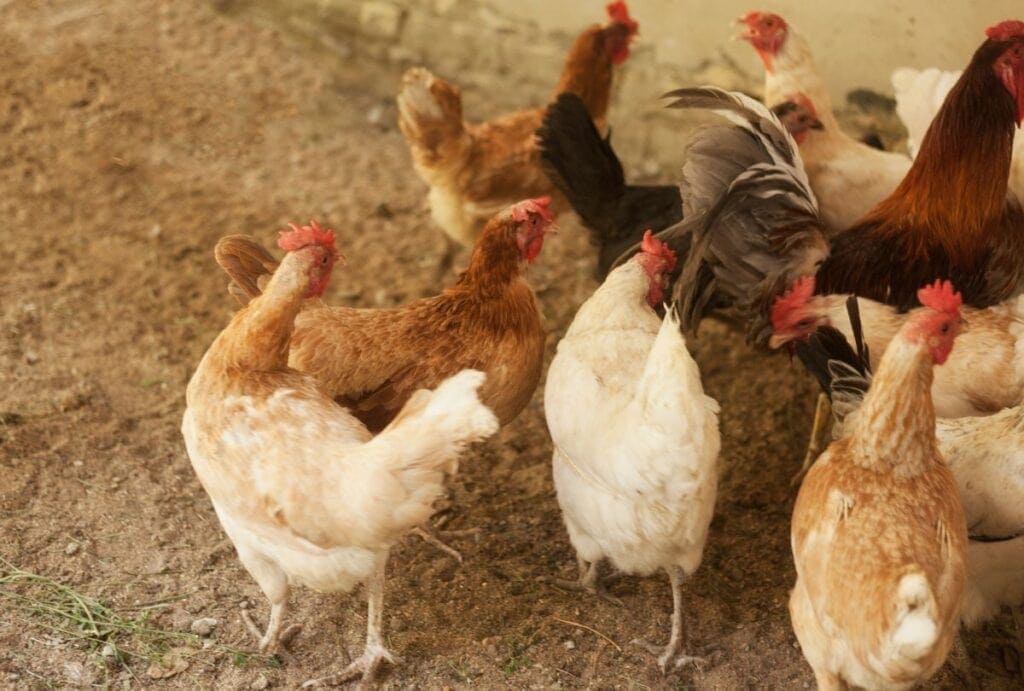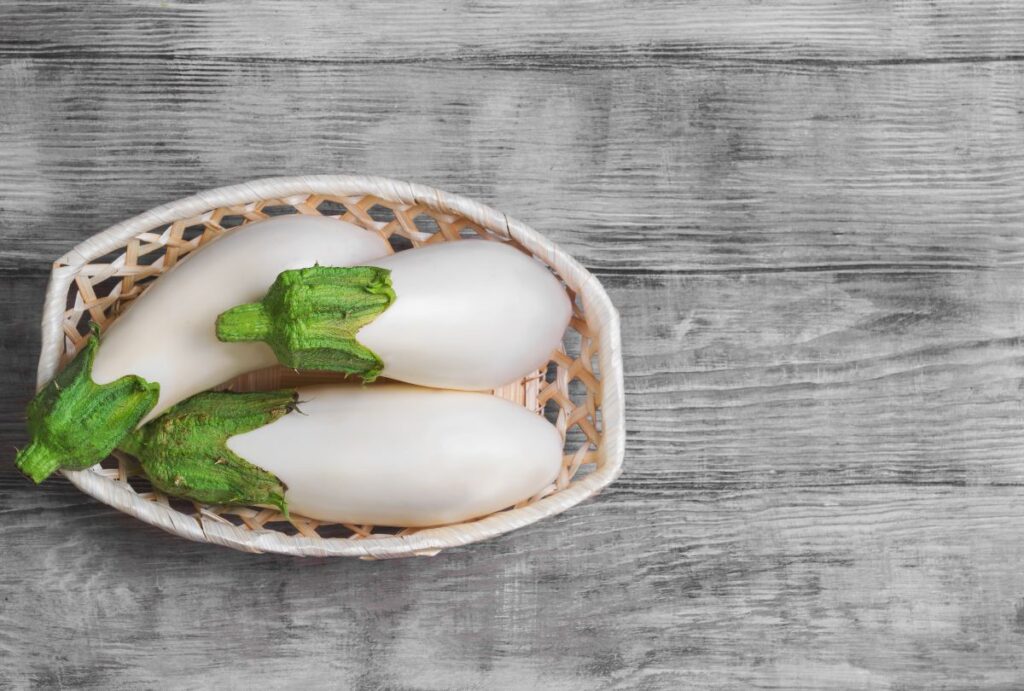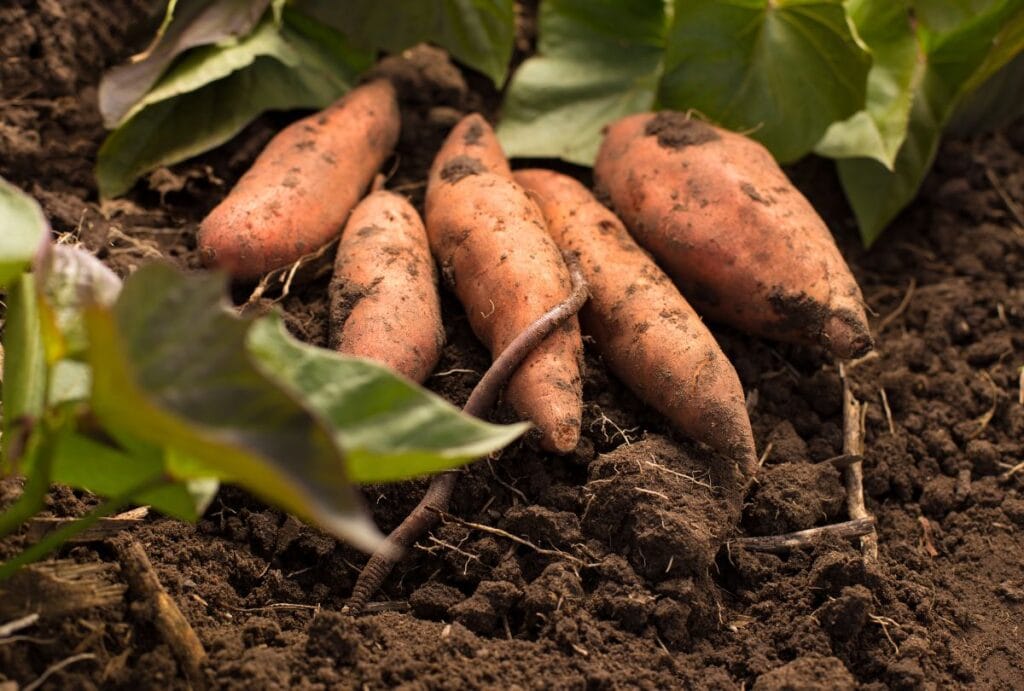Zambia is one of the largest countries in Africa and one of the continent’s prime vacation and safari destinations. Endowed with extraordinary landscapes, abundant and diverse wildlife, and substantial water bodies, Zambia has everything you need for an authentic safari experience.
Trying various delicious local dishes in Zambian cuisine will greatly enrich your vacation or safari. Zambia is known for its wholesome, imaginative, and hearty dishes that don’t just feed the body but gladden the heart!
Here are some quintessential and delicious Zambian dishes that are a must on your next Zambian safari:
Nshima
Nshima is a cornerstone of Zambian cuisine, making it much more than just a staple food. This daily dietary essential is made from ground maize flour. It’s made by stirring the flour into boiling salted water and cooking whilst stirring until a smooth, robust porridge is achieved.
It must be firm enough to hold its shape when molded. This comforting dish is then served with a variety of side dishes, including relishes, meat stews, fish, vegetables, and beans. The relishes typically served with nshima are known as dende, ndiyo/ndiwo, and umunani.

How to Enjoy: Traditionally, nishima is eaten with the hands. Diners shape a small portion of nshima into a ball, and an indentation is made in the ball to scoop up the relish. This practical method of eating enhances the communal aspect of the meal. It brings people together in a food-sharing tradition central to Zambia’s everyday life.
Ifisashi
Ifisashi is typically a flavorsome vegetable stew made of leafy greens and groundnut sauce. Greens used include spinach, kalembula (sweet potato leaves), pumpkin leaves (called chibwabwa), delele (bush okra), Chinese cabbage, or mpilu or blackjack leaves (Bidens pilosa).
The greens are usually boiled or steamed until tender, and then they are mixed with the peanut sauce, which adds a creamy richness to the dish. Other ingredients often added include tomatoes, onions, chili, and garlic. Depending on choice and availability, ingredients like meat or fish can also be added.
Serving: Ifisashi is commonly served with the Zambian cuisine staple nshima that we described above. The combination of ifisashi and nshima is a staple of many Zambian households.
Kapenta
Kapenta is a sardine-type fish that occurs in Lake Tanganyika and Lake Kariba and, nowadays, also in Cahora Bassa in Mozambique. The fish are caught in nets, salted, and then sun-dried on drying racks. This dried fish is a very important food and income source for many Zambians.
Kapenta is a popular ingredient in Zambian cuisine and is prepared in various ways. It can be fried in cooking oil until crispy or used as an ingredient in various stews with onions, tomatoes, chilies (optional), and green peppers.

They are seasoned with salt, pepper, and other spices, bearing in mind that dried kapenta is already salted. Dried kapenta are washed and soaked before cooking.
Serving: Enjoy your Zambian kapenta dish with a tomato and onion sauce and a side of nishima, rice, potatoes or bread for a delicious meal.
Chikanda
Also called ‘African Polony’ chikanda, is a type of vegetable cake made from tubers of about 16 wild ground orchid species like the Disa, Satyrium, and Habenaria varieties. This traditional rural delicacy has become so popular that these orchid species have become endangered.
The tubers are dried and ground into powder and then combined with groundnut flour, salt, cinnamon, chili (optional), and soda. It’s all cooked together into a mixture that thickens as it cooks into a spicy jelly-like substance.
How to Eat: Chikanda is normally sliced after it has cooled and set and is eaten as a snack or an appetizer at many social events.
Village Chicken
Unlike commercial broiler chickens, village chickens are free-range and are much more flavorsome. There are many different ways of preparation, but basically, a whole village chicken is cut into pieces.
These pieces are then seasoned and fried in oil in a large pot until brown. Then, some water is added, and the chicken is simmered for a while.

Then, other ingredients, like a large chopped onion, tomatoes, garlic, some paprika, and chili, are added as desired. Tinned tomatoes, tomato paste, and mixed spice seasoning can also be added for depth of flavor. The chicken is simmered until tender.
This appetizing dish is best served hot with nshima, rice, and vegetables or potatoes. Cooked pumpkin or spinach leaves make a perfect accompaniment.
Impwa or African eggplant
Impwa is a smaller variety of nutritious wild eggplant found in Africa and are also called ‘garden eggs’ or ‘mock’ or ‘bitter tomatoes.’ They come in different sizes and varieties; the shiny outer skin can be red, yellow, green, or white.
The crunchy inner flesh is whitish or pale yellow. They have a somewhat bitter taste that becomes more pronounced as they ripen and are a popular ingredient in curry dishes. Impwa can be used either raw or cooked and can be pickled, dried, or pureed.

It can be steamed, boiled, braised, or baked. Impwa is delicious when added to mushroom soup. It’s a substitute for pasta and can be added to meat, rice, or vegetable dishes. The young shoots or leaves of the eggplants can likewise be used in soups and stews.
Interesting Fact: In African folklore, eggplants are linked to fertility, and during weddings and child-naming ceremonies, they are often given as gifts.
Caterpillars or mopane worms
Yes, you’re reading that correctly! Though popular throughout much of Africa these days, the eating of this nutrient-rich food probably originated amongst the Bemba tribe in northern Zambia. They are locally known as ifishimu, ifinkubala, or vinkubala.
The caterpillars are harvested twice a year, with the main harvest being from November to January. After harvesting, the caterpillars are cleaned by removing their gut contents, washing them, then boiling them, and sun-drying them before being sold at local markets.

They’re very popular, fried until they’re crispy. Mopane caterpillars are also used as a very nutritious ingredient in soups and stews and make a delicious relish with nshima.
Interesting Fact: Mopane worms have significantly higher protein content than meat or fish. They are highly prized for their unique, nutty taste.
Sweet Potatoes and Yams
Sweet potatoes are widely cultivated in Zambia and are a highly nutritious and delicious part of the country’s food landscape. They contribute significantly to food security and income generation for many Zambians.
High-yielding and drought-tolerant varieties have been introduced from other countries. Yam farming is now also being encouraged as an orphan crop to improve food security. Projects like ‘Yam Farming in Zambia’ are aimed at reducing the country’s dependence on maize.

Sweet potatoes are prepared in many delicious ways in Zambia – they are baked, boiled, roasted, fried, steamed, mashed, or served divinely with groundnut sauce. And as for their delectable curried carrot and yam soup, you simply must try it!
Interesting Facts: Sweet potatoes are incredibly nutritious – they contain the antioxidant beta carotene, vitamin C, potassium, and fiber. They come in several colors: white, yellow, and purple. orange, pink, red, and violet!
Are you a convert to Zambia’s limitless opportunities, wildlife marvels, and excellent cuisine? Can you not wait to tuck into your first plate of delectable village chicken washed down with an ice-cold Mosi lager?
As African safari experts of many years standing at Discover Africa, we know that Zambia offers incredibly good value as a safari and wildlife vacation destination. It is arguably the best country in Africa for guided walking safaris and offers a wide range of accommodation options to suit all budgets.

It has some of the best luxury lodges in the world but also offers more affordable options like renting a 4×4 vehicle or camper. Contact us to tailor a safari for you that’ll meet all your requirements, time schedule, and budget.
Author: Susan Veldman
Published:
Last Update:
Part of the Zambia Safari Collection